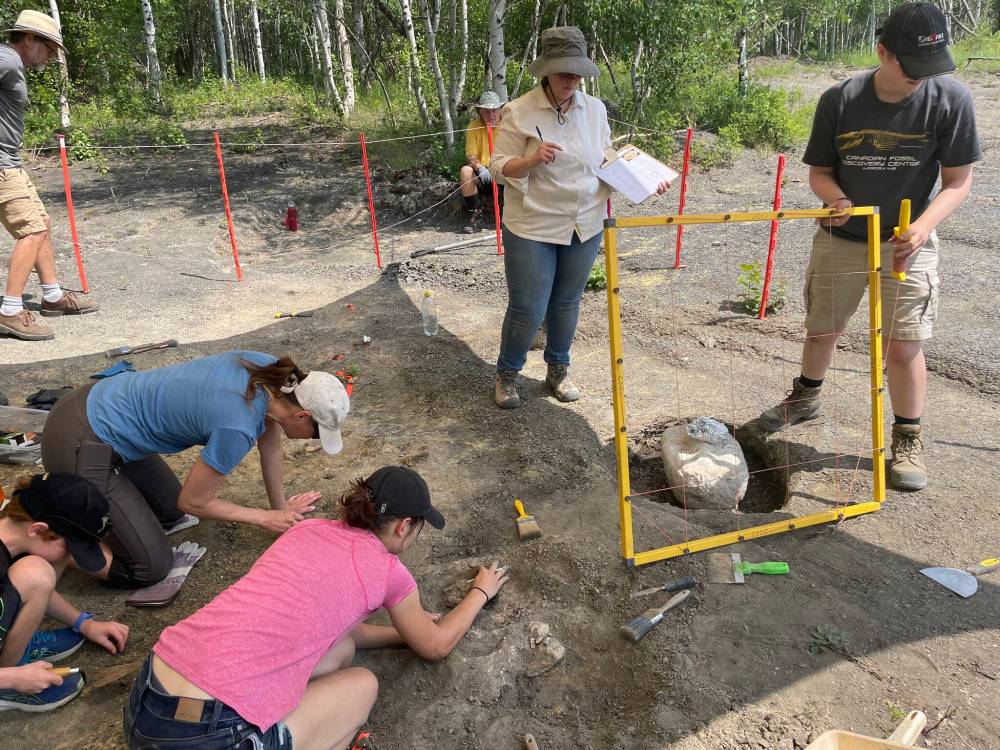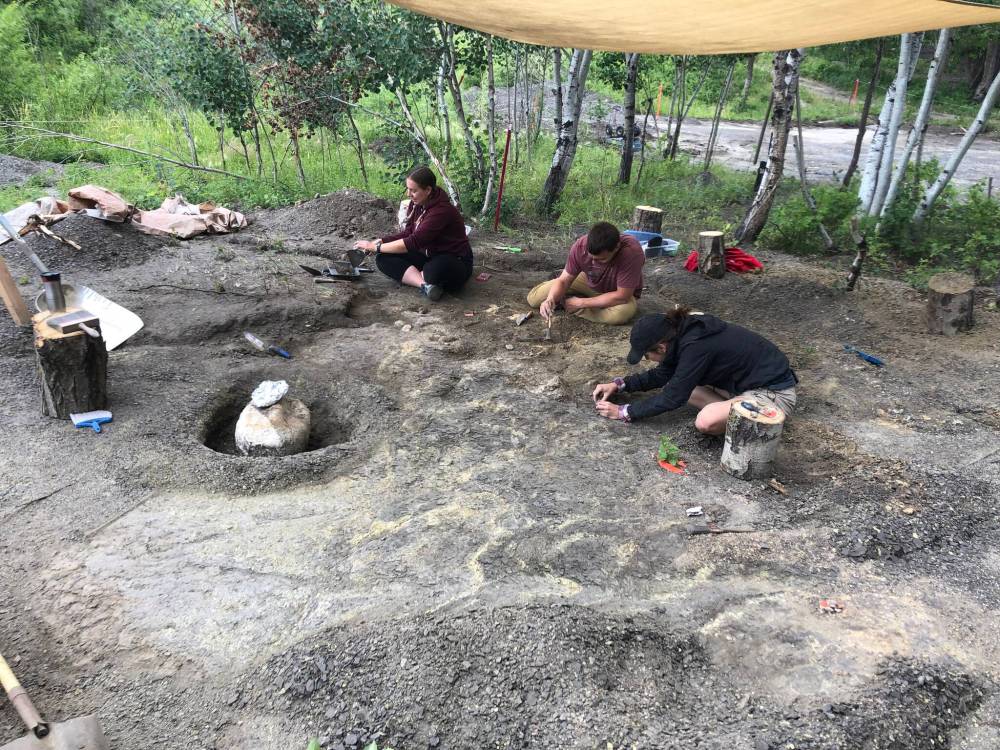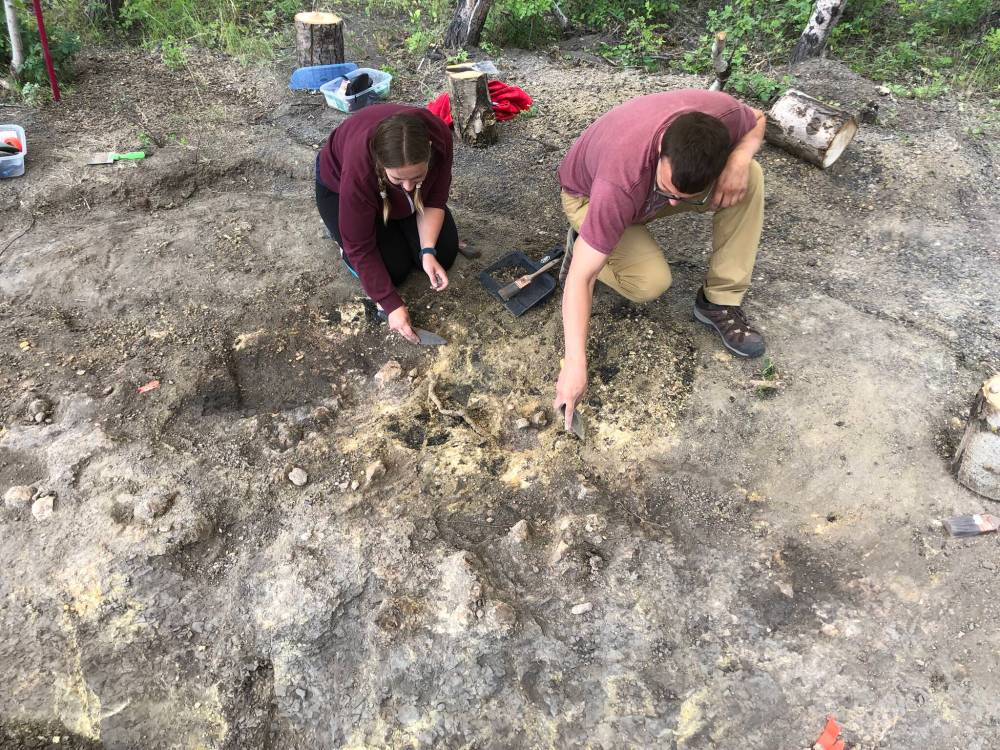Mosasaur skeleton Morden centre’s ‘biggest discovery’ in two decades
Advertisement
Read this article for free:
or
Already have an account? Log in here »
To continue reading, please subscribe:
Monthly Digital Subscription
$0 for the first 4 weeks*
- Enjoy unlimited reading on winnipegfreepress.com
- Read the E-Edition, our digital replica newspaper
- Access News Break, our award-winning app
- Play interactive puzzles
*No charge for 4 weeks then price increases to the regular rate of $19.00 plus GST every four weeks. Offer available to new and qualified returning subscribers only. Cancel any time.
Monthly Digital Subscription
$4.75/week*
- Enjoy unlimited reading on winnipegfreepress.com
- Read the E-Edition, our digital replica newspaper
- Access News Break, our award-winning app
- Play interactive puzzles
*Billed as $19 plus GST every four weeks. Cancel any time.
To continue reading, please subscribe:
Add Free Press access to your Brandon Sun subscription for only an additional
$1 for the first 4 weeks*
*Your next subscription payment will increase by $1.00 and you will be charged $16.99 plus GST for four weeks. After four weeks, your payment will increase to $23.99 plus GST every four weeks.
Read unlimited articles for free today:
or
Already have an account? Log in here »
Hey there, time traveller!
This article was published 03/08/2023 (874 days ago), so information in it may no longer be current.
A vast sea teeming with massive, carnivorous aquatic reptiles… welcome to Manitoba, 83 million years ago.
At the small community of Miami, near Morden, a discovery was recently made of a nearly complete mosasaur skeleton. The mosasaur was an aquatic reptile and apex predator that lived in the region during the late Cretaceous period, when the entirety of what is now Manitoba was part of the Western Interior Seaway, an inland sea which split the now-North America in half.
The discovery was made by researchers from the Canadian Fossil Discovery Centre, led by the Morden-based centre’s executive director, palaeontologist Adolfo Cuetara.

SUPPLIED
At the small community of Miami, near Morden, a discovery was recently made of a nearly complete mosasaur skeleton. Pictured Kirstin Brink, with clipboard, palaeontologist at the University of Manitoba, supervising the new mosasaur excavation.
“It’s the biggest discovery since 2004,” Cuetara said Thursday. “2004 was the last time we found a complete skeleton. This is the first time in almost 20 years.”
In 2004, researchers found an intact plesiosaur (another ancient marine reptile) skeleton in their 100-acre property in the Manitoba escarpment.
Cuetara explained, prior to the museum’s recent acquisition of a new tractor to perform excavations, it mostly found fossils by chance, relying heavily on hand tools.
“For us, it is very exciting, because last year we purchased a new excavator,” Cuetara said. “Now we are able to move a lot (more) and we can cover a bigger area than before.”
The Canadian Fossil Discovery Centre has existed since 1971.

SUPPLIED
The discovery was made by researchers from the Canadian Fossil Discovery Centre, led by the Morden-based centre’s executive director, palaeontologist Adolfo Cuetara.
Since 1974, it has been in possession of the largest mosasaur skeleton on public display in the world, nick-named Bruce, according to Guinness World Records.
The newly discovered skeleton is estimated to be 75 per cent intact and may be a different species of mosasaur from Bruce. Excavation remains ongoing and the researchers are continuing to find new parts of the skeleton.
“We just discovered the first skull elements,” Cuetara said. “It was a tooth. We’re in the right direction because we need the skull to determine which species it was.”
Cuetara explained skull remains are the best way of distinguishing between different species of mosasaur, because their flippers and limb bones are too similar across species.
The current excavation is the only one ongoing for researchers from the museum.

SUPPLIED
“It’s the biggest discovery since 2004,” Adolfo Cuetara said Thursday. “2004 was the last time we found a complete skeleton. This is the first time in almost 20 years.”
“Now we’re just trying to develop this property and we know there will be more and more findings in the future,” Cuetara said.
graham.mcdonald@freepress.mb.ca



